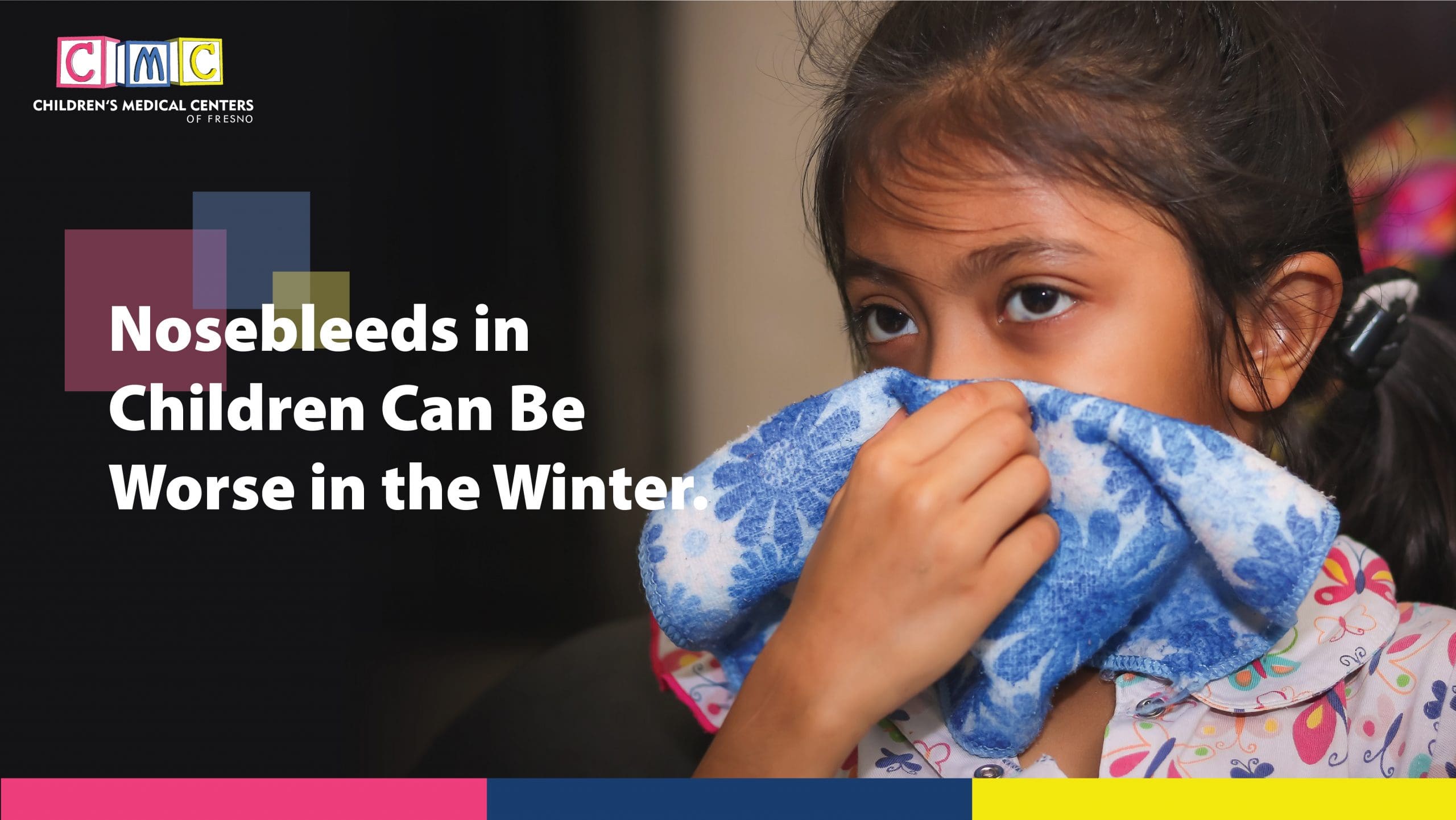
Parents get disturbed when they see their child with a nosebleed. They think something is wrong with their child. But nosebleeds are common in children and are usually not serious. Most nosebleeds just stop on their own and can be cared for at home.
If you notice that your child is getting nosebleeds as of lately, it’s because nosebleeds are more frequent during winter. A dry climate or heated indoor air irritates and dries out nasal membranes. This causes the inside of the nose to become cracked, crusted, itchy, and bleed when scratched or picked.
Nosebleeds can be messy and a little uncomfortable for children, but they’re usually nothing to worry about. A nosebleed can be caused by many factors which include:
While nosebleeds are rarely serious, there might be a problem if they happen a lot. If your child gets nosebleeds more than once a week, then you need to call your doctor. They can perform tests to find the cause of why your child is getting frequent nosebleeds.
If your child’s nose starts bleeding on its own, use these steps for stopping it:
Most nosebleeds are not a cause of worry as they are probably not serious. Try to manage the situation as calmly as possible. The moment you start to panic, your child will get scared and be more distressed.
Instinctually, you will put tissues, gauze, or other materials into your child’s nose to stop the bleeding. However, don’t do that. This might just irritate the nose more.
Don’t let your child lie down. Make them lean forward as this will ensure that blood and other secretions will not go down their throat and make them vomit.
Let your child sit and firmly pinch the entire soft part of the nose just above the nostrils. If you have a cold compress, you can use that to keep the pressure. Hold the position for 5 to 10 minutes. If the nosebleed doesn’t stop after 10 minutes of pressure, pinch it for another 10 minutes. If bleeding does not stop, call your doctor or go to the emergency department.
No one wants to deal with nosebleeds and you can do something to prevent your child from experiencing it this winter. Give your child saline spray or saline nose drops to keep nasal passages moist. You can also place a humidifier in your child’s bedroom to keep the air from being dry.
If you want to learn more about how you can better protect your child from getting nosebleeds this cold season, contact Children’s Medical Centers of Fresno. They provide quality healthcare to children of the Central Valley. Schedule your child’s appointment today!